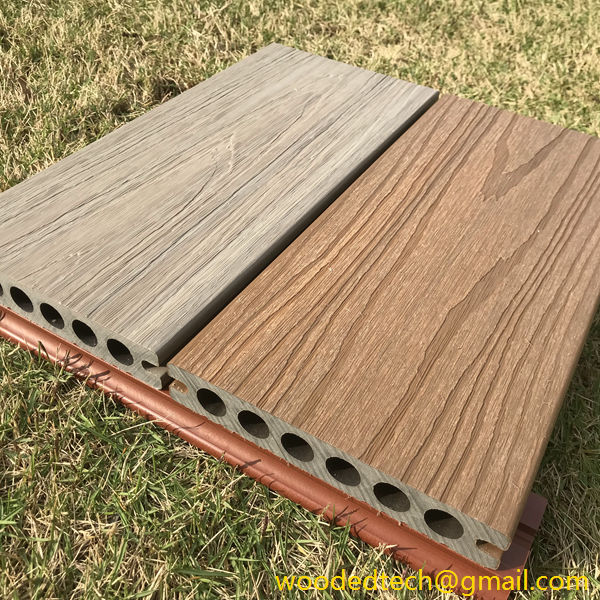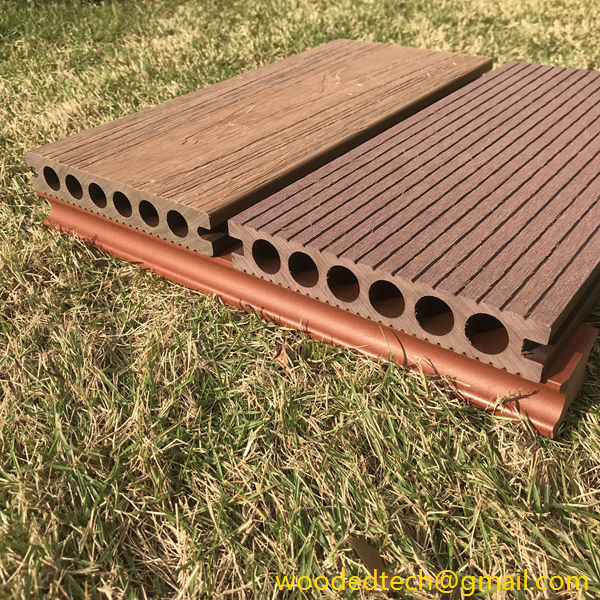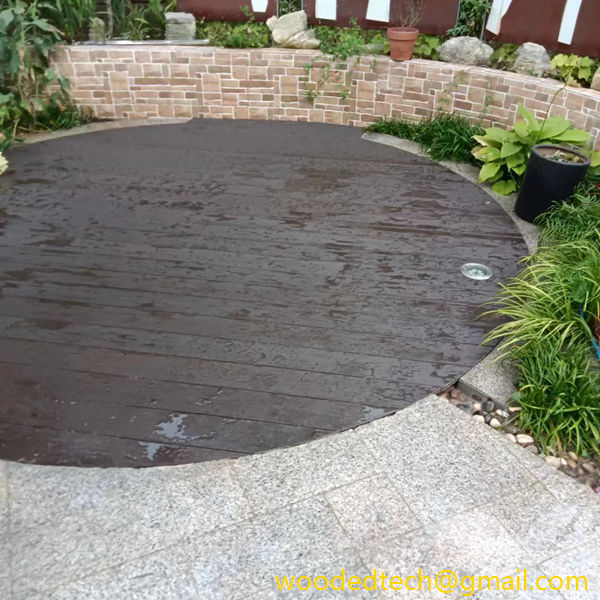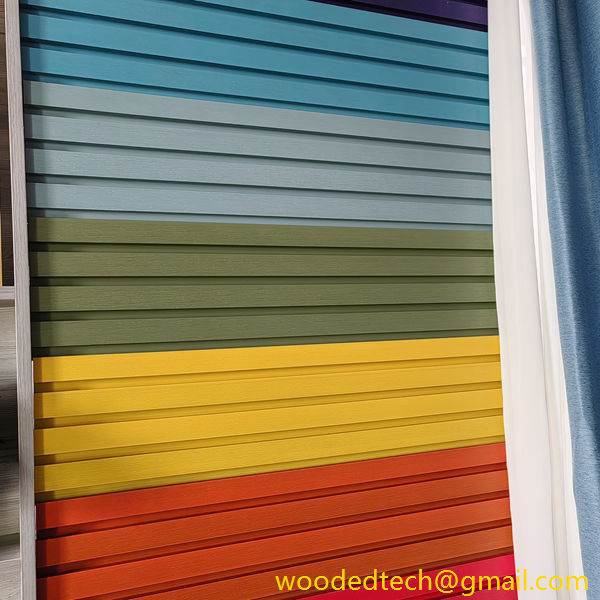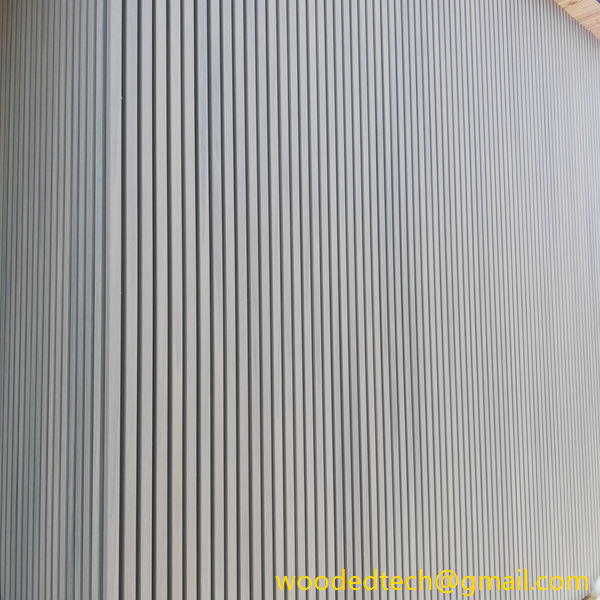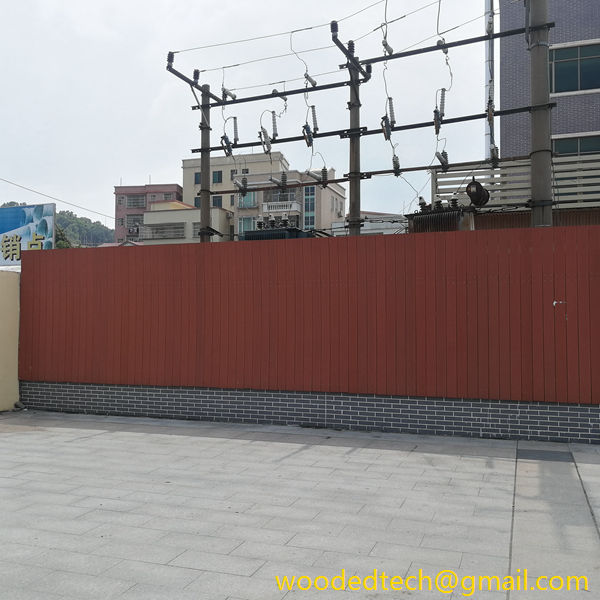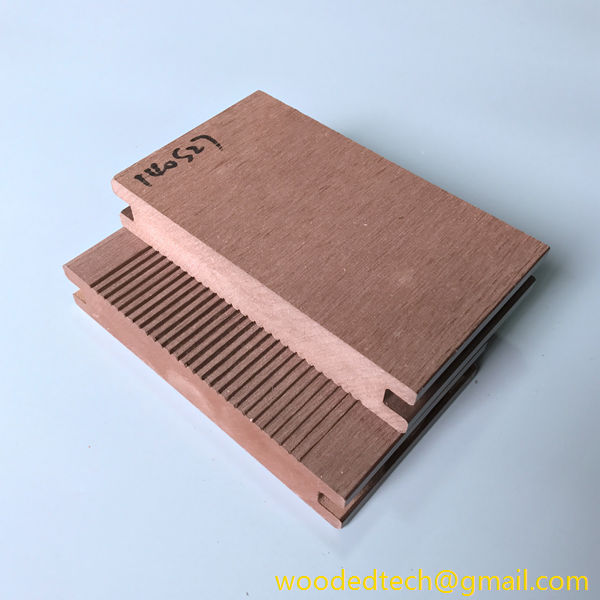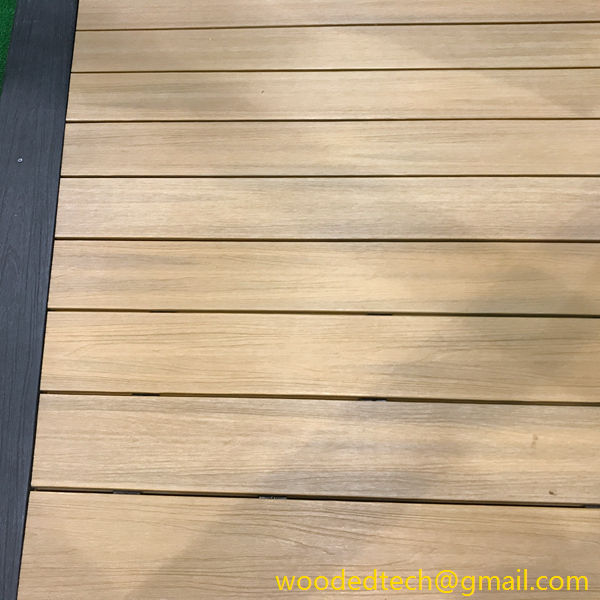WPC Board for Flooring: Ideal WPC Board Solutions for Flooring Applications
WPC Board for Flooring: Ideal WPC Board Solutions for Flooring Applications In the realm of modern building materials, Wood Plastic Composite (WPC) boards have emerged as a popular choice for flooring applications. These innovative boards combine the durability of plastic with the aesthetic appeal of wood, making them an ideal solution for various flooring needs….
WPC Board for Flooring: Ideal WPC Board Solutions for Flooring Applications
In the realm of modern building materials, Wood Plastic Composite (WPC) boards have emerged as a popular choice for flooring applications. These innovative boards combine the durability of plastic with the aesthetic appeal of wood, making them an ideal solution for various flooring needs. WPC boards are a versatile option that caters to both residential and commercial spaces, offering numerous benefits that traditional flooring materials may not provide.
One of the most significant advantages of WPC boards is their customizable nature. This flexibility allows manufacturers to produce boards in a wide range of colors, textures, and finishes. Whether you prefer a rustic wood grain appearance or a sleek, contemporary look, WPC boards can be tailored to meet your specific design preferences. This customization is achieved through advanced manufacturing techniques that allow for the blending of various materials and finishes. Consequently, homeowners and designers can create unique flooring solutions that align perfectly with their vision.
Moreover, the composition of WPC boards contributes to their resilience and longevity. These boards are made from a combination of recycled wood fibers and thermoplastic materials, which are engineered to withstand the rigors of daily use. This composite structure not only enhances the durability of the flooring but also makes it resistant to common issues associated with traditional wood flooring, such as warping, cracking, and splintering. This durability is particularly advantageous in high-traffic areas, where traditional flooring might wear down quickly.
Another key feature of WPC boards is their water resistance. Unlike traditional wood, which can easily absorb moisture and lead to damage, WPC boards are designed to repel water. This characteristic makes them an excellent choice for areas prone to spills or humidity, such as kitchens, bathrooms, and basements. By preventing water damage, WPC boards help to maintain the integrity of the flooring over time, reducing the need for costly repairs or replacements.
In addition to their durability and water resistance, WPC boards are also low maintenance. Cleaning and maintaining WPC flooring is straightforward, requiring only regular sweeping and occasional mopping with a mild detergent. This ease of maintenance is a significant advantage for busy households and commercial establishments, where time and resources may be limited. Furthermore, because WPC boards do not require sanding, staining, or refinishing like traditional wood flooring, they can save users both time and money in the long run.
The installation process for WPC boards is another aspect that speaks to their appeal. Many WPC flooring solutions feature a click-lock installation system, allowing for easy and efficient installation without the need for glue or nails. This user-friendly approach not only makes it possible for DIY enthusiasts to tackle flooring projects but also reduces labor costs for professional installers. As a result, WPC boards can be laid down quickly, minimizing disruption to your space.
In terms of environmental impact, WPC boards also have advantages over traditional flooring materials. The use of recycled materials in their production helps to reduce waste and promote sustainability. Additionally, WPC boards do not require the use of harmful chemicals or finishes that can be detrimental to indoor air quality. As more consumers become conscious of their environmental footprint, WPC boards present a viable alternative that aligns with sustainable practices.
When considering WPC boards for flooring applications, it’s essential to examine the various options available in the market. Different manufacturers may offer unique formulations, colors, textures, and thicknesses, allowing you to find the perfect match for your specific needs. For instance, some WPC boards are designed with enhanced sound insulation properties, making them suitable for multi-story buildings where noise reduction is a priority. Others may incorporate UV-resistant finishes to prevent fading in areas exposed to direct sunlight.
In addition to residential applications, WPC boards have gained traction in commercial settings, such as retail spaces, offices, and hospitality environments. Their durability, low maintenance requirements, and customizable aesthetics make them an attractive choice for businesses looking to create inviting spaces that can withstand the demands of everyday use. With the ability to mimic the look of natural wood while offering enhanced performance, WPC boards can contribute to a professional and polished appearance in various commercial applications.
In conclusion, WPC boards represent an ideal solution for flooring applications due to their customizable materials, durability, water resistance, low maintenance, and ease of installation. Whether for a home renovation or a commercial project, these boards offer a practical and stylish flooring option that meets the needs of modern consumers. As the demand for versatile and sustainable building materials continues to grow, WPC boards are poised to remain a top choice for flooring solutions, providing both aesthetic appeal and functional benefits that stand the test of time.

